Best Japandi Spring : Peaceful Minimalism with Spring Touches
Last week, I found myself standing in my living room, staring at the same furniture and decor I’d been looking at all winter. The heavy throws, dark accents, and cozy but somewhat oppressive winter styling had served me well during the cold months. But as sunlight streamed through my windows and the first birds of spring sang outside, I knew it was time for a change. That’s when I turned to one of my favorite design aesthetics: Japandi—but with a fresh, spring twist.
If you’re like me and crave that sense of renewal that comes with the changing seasons, you’ll love how Japandi styling can transform your space into a peaceful spring sanctuary. Let me show you how to capture this perfect blend of Japanese minimalism and Scandinavian functionality while incorporating the delicate touches of springtime.
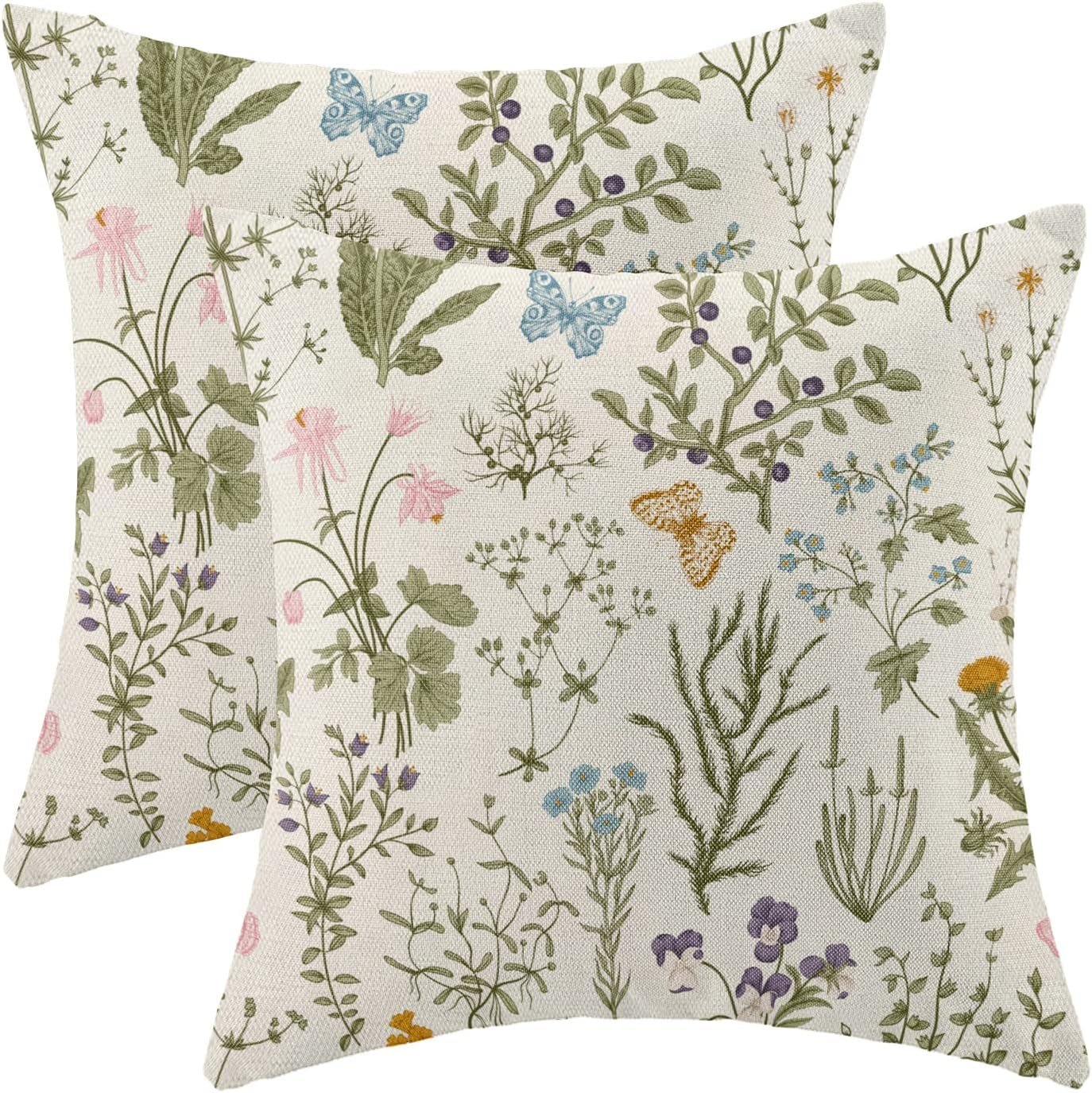



What Exactly Is Japandi Style?
Before diving into the spring variations, let’s talk about what makes Japandi so special. Japandi is the beautiful marriage of Japanese and Scandinavian design philosophies—two seemingly different cultures that share core values of simplicity, natural elements, and craftsmanship.
The Japanese concept of “wabi-sabi” embraces imperfection and transience, while the Scandinavian idea of “hygge” celebrates comfort and contentment. Together, they create spaces that feel both serene and lived-in. It’s no wonder this fusion has captured the hearts of design enthusiasts worldwide, myself included!
Japandi features clean lines, natural materials, and a muted color palette. It’s minimalist but never cold or uninviting. Each piece in a Japandi home serves a purpose—both functional and aesthetic. Nothing is superfluous.

Why Japandi Works Perfectly for Spring
Spring is all about renewal, and Japandi’s emphasis on mindfulness and connection with nature aligns perfectly with this seasonal transition. The style’s inherent lightness and airiness make it ideal for the warming months.
When I first embraced Japandi spring styling in my own home, I was amazed at how the simple changes created such a profound sense of peace. The clutter-free spaces allowed me to breathe more deeply. The natural elements brought the outdoors in. And the thoughtful design choices made everyday activities feel more intentional.
Now, let me share how you can achieve this harmonious spring refresh in your own home.

Color Palette: Lightening Up for Spring
Traditional Japandi often features darker woods and muted tones. For spring, I like to lighten things up while maintaining that distinctive Japandi feel.
Start with a base of warm neutrals—soft whites, oatmeals, and pale grays. These create an airy foundation that reflects the increasing daylight. Then, instead of the deeper accent colors typically found in Japandi spaces, opt for gentle pastels inspired by spring blooms: soft pink, sage green, and pale blue.
In my entryway, I swapped out my charcoal accent pillows for ones in a dusty rose color. The change was subtle but immediately made the space feel more appropriate for the season. The key is restraint—choose just one or two accent colors and use them sparingly.
Natural wood tones remain essential in Japandi spring design. Look for lighter varieties like ash, maple, or pale oak that bring warmth without heaviness. In my dining area, a simple maple table against white walls creates that perfect balance of warmth and airiness.
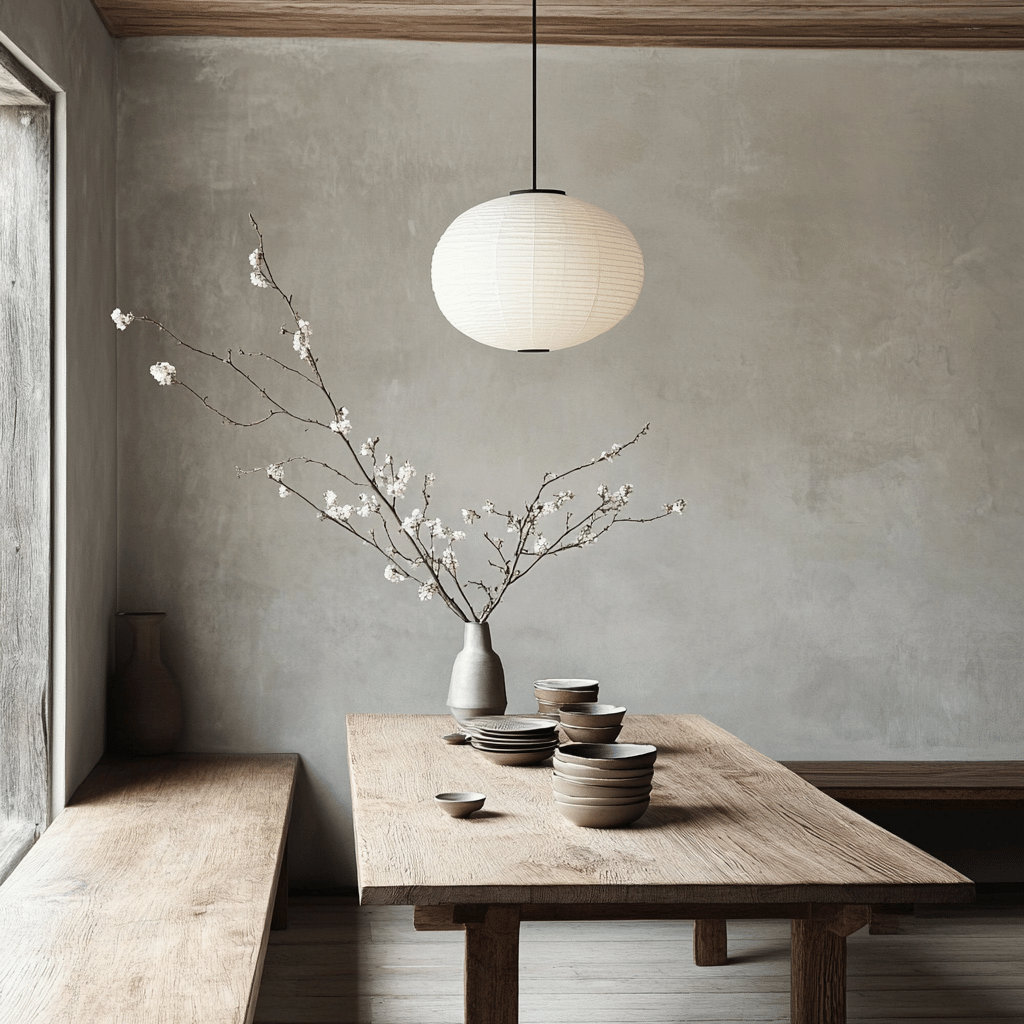
Bringing Nature Indoors: The Essence of Spring Japandi
Both Japanese and Scandinavian designs emphasize connection with nature, making seasonal elements a perfect fit for Japandi spring styling.
Flowering branches are my favorite spring addition. A single cherry blossom branch or a few stems of forsythia in a simple ceramic vase create a stunning focal point that embodies the ephemeral beauty of spring. The Japanese concept of “mono no aware”—the wistful acknowledgment of impermanence—is perfectly expressed through these temporary natural displays.
Potted plants add life to Japandi spaces year-round, but spring is when I refresh my collection. Consider plants with interesting structures like snake plants or ZZ plants, which add visual interest while maintaining the clean-lined aesthetic. For a spring twist, I like to add a few small pots of bulbs like paperwhites or simple ferns that bring that fresh, green energy indoors.
Natural materials take center stage in Japandi design. Incorporate linen, cotton, bamboo, and rattan for texture without fussiness. For spring, I swap heavier textiles for lighter versions—trading wool throw blankets for lightweight cotton ones and heavy curtains for sheer linen panels that dance in the spring breeze.

Mindful Minimalism: Spring Cleaning with Purpose
Spring cleaning takes on new meaning with Japandi design. Rather than simply tidying up, this approach encourages mindful evaluation of each item in your home.
I spent one weekend thoughtfully assessing my possessions. Instead of asking “Does this spark joy?” (the KonMari approach), I asked myself: “Does this serve a purpose—functional, aesthetic, or emotional?” This subtle shift helped me focus on intentionality rather than just emotional response.
The Japandi philosophy values quality over quantity. One beautifully crafted ceramic vase will always enhance a space more than several mass-produced decorative items. This spring, consider investing in a single, handmade piece rather than several seasonal decorations. I recently purchased a handcrafted bowl from a local potter, and it brings me more satisfaction than the numerous store-bought items I previously cycled through with the seasons.
Negative space is a crucial design element in Japandi interiors. Allow your walls, shelves, and surfaces to breathe. This intentional emptiness creates a sense of calm that’s especially welcome in spring when the outside world bursts with activity and stimulation.
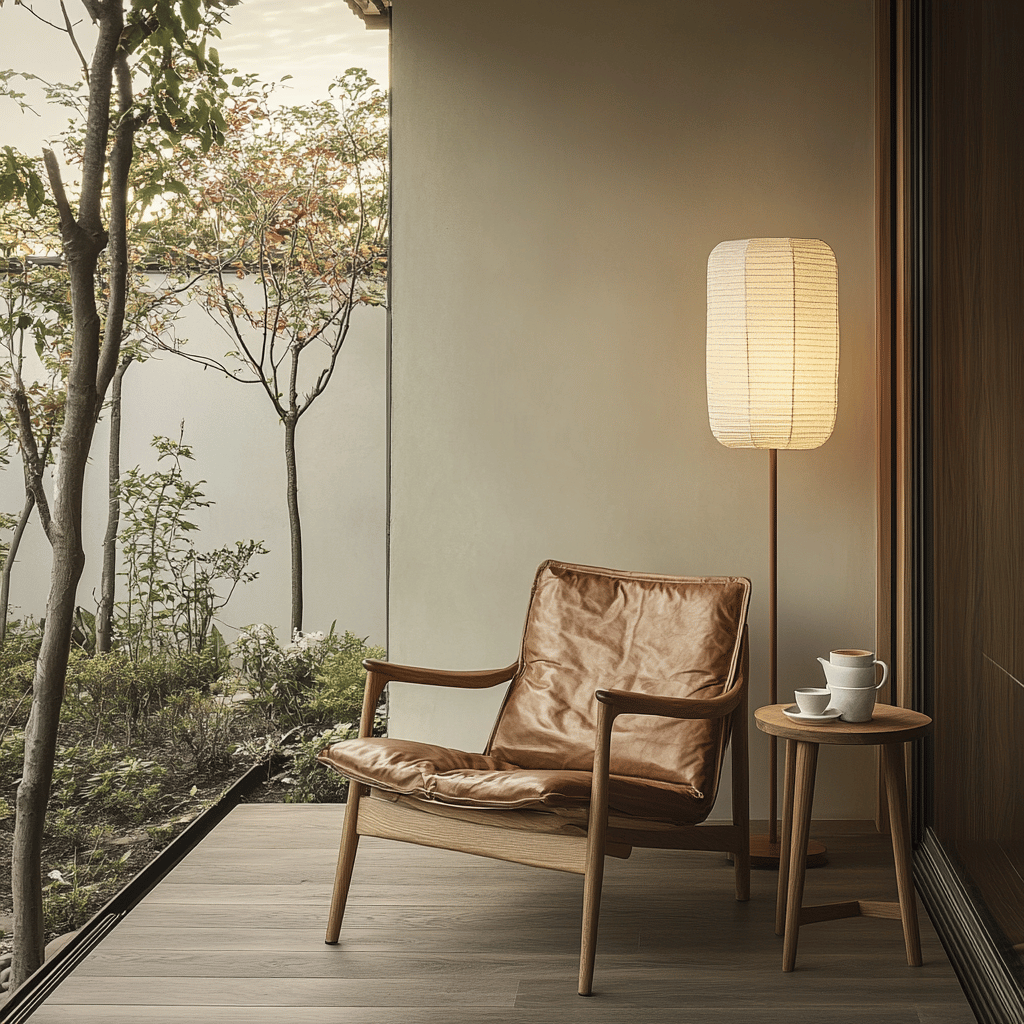
Functional Beauty: The Heart of Japandi Design
Both Japanese and Scandinavian designs prioritize functionality, but never at the expense of beauty. This “functional beauty” is perhaps the most distinctive characteristic of Japandi style.
Look for furniture and accessories that serve multiple purposes. A beautiful wooden bench in my entryway provides seating, shoe storage, and an aesthetic anchor for the space. A handcrafted ceramic bowl holds fruit on my dining table but stands alone as an art piece when empty.
For spring, I rethink the functionality of my spaces to accommodate seasonal activities. My reading nook moves closer to the window to capitalize on extended daylight hours. My dining area extends to the patio with similar styling indoors and out, creating flow between the spaces as weather permits.
Storage solutions in Japandi homes are thoughtfully hidden to maintain visual calm. This spring, I incorporated a few new storage baskets made of natural materials to corral seasonal items like gardening books and lightweight throws.

Lighting: Capturing Spring’s Gentle Glow
Lighting dramatically impacts how we experience a space, and spring brings unique lighting opportunities to Japandi interiors.
Natural light is paramount in this design philosophy. I reassessed my window treatments this spring, replacing heavier drapes with simple linen panels that filter light beautifully without blocking it. Clean windows (inside and out) make a remarkable difference in how much light enters your home.
For artificial lighting, Japandi style favors simple, architectural fixtures that provide warm, diffused light. Paper lanterns and linen lamp shades create that soft glow that complements the gentleness of spring evenings. I added a simple paper floor lamp to my reading corner, and its warm glow makes spring evenings feel magical.
Consider the placement of mirrors to amplify natural light. A strategically positioned mirror across from a window can double the light in a room and create the illusion of more space—perfect for the expansive feeling we crave in spring.

Textiles and Textures: Lightening Up for Spring
Textiles offer an easy way to transition your Japandi space for spring without major changes or investments.
Linen becomes my go-to fabric in spring. Its natural wrinkles and casual elegance embody the wabi-sabi appreciation for imperfection. I replaced my heavier cotton bedding with linen in a soft sage green, instantly refreshing my bedroom for the season.
Layer textures rather than patterns to create visual interest while maintaining the calm Japandi aesthetic. A smooth wooden table topped with a rough ceramic vase holding delicate spring blooms creates a delightful sensory experience. These juxtapositions are subtle but impactful.
For spring, I roll up heavy wool rugs to expose wood flooring, or I replace them with lightweight cotton or jute alternatives. The sound of bare feet on wood becomes part of the sensory experience of spring—another aspect of mindful living that Japandi design encourages.
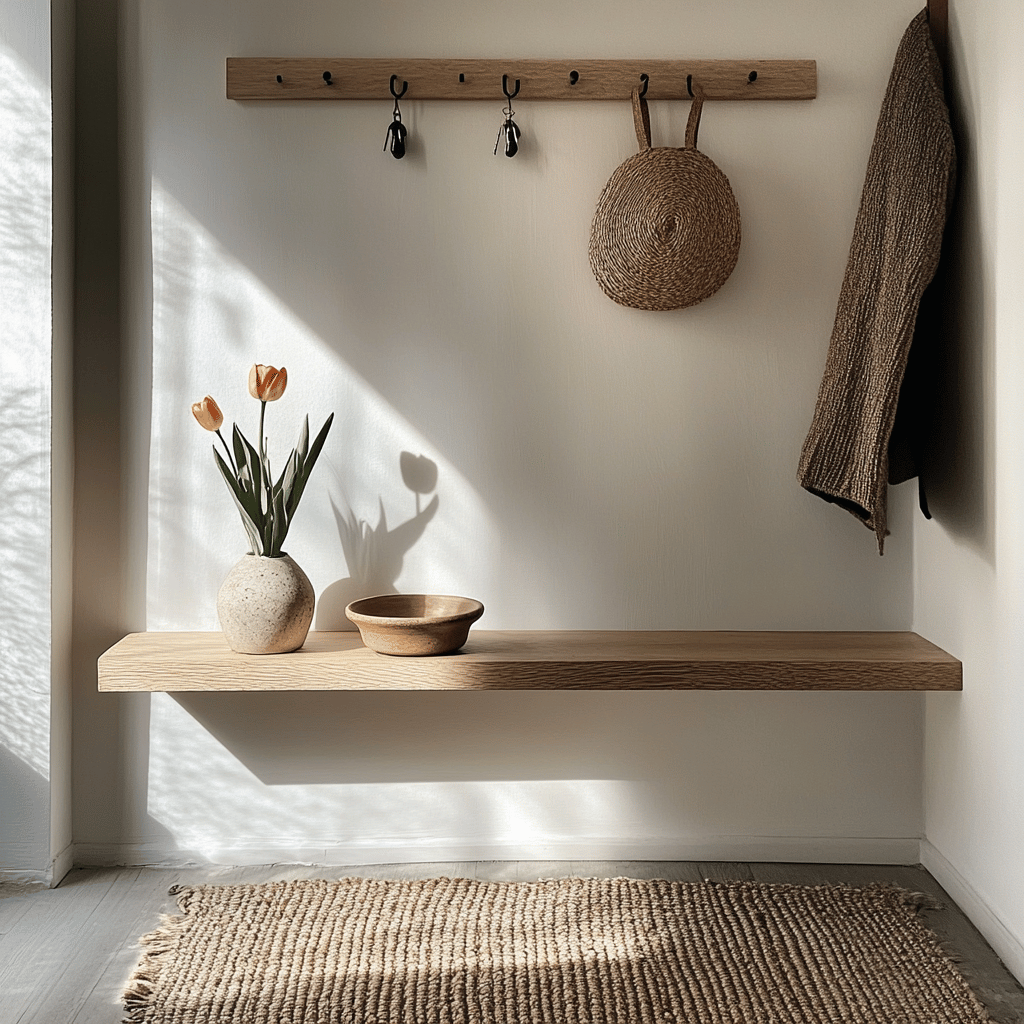
Thoughtful Transitions: Japandi Between Seasons
One of the aspects I most appreciate about Japandi design is its adaptability through seasons. Rather than completely redecorating, thoughtful transitions honor the changing light and energy.
Create a small nature display that you change monthly. In early spring, I place budding branches and early bulbs in a wooden bowl. By late spring, this transitions to wildflowers or fresh herbs. This simple practice connects your home to the subtle changes happening outside.
Adjust your home’s scent profile seasonally. In winter, I favor warm, spicy scents, but spring calls for lighter fragrances. A diffuser with hints of lemon, mint, or subtle floral notes enhances the sensory experience of your spring Japandi space without overwhelming it.
Consider how you use rooms differently as seasons change. My Japandi-styled home office gets rearranged in spring so that my desk faces the window, allowing me to glance up and see the garden coming to life between tasks—a small change that significantly impacts my daily experience.

DIY Japandi Spring Projects
Creating elements for your Japandi spring home can be deeply satisfying and aligns perfectly with the philosophy’s emphasis on craftsmanship and intentionality.
I spent one rainy spring afternoon creating a simple ikebana-inspired arrangement using foraged materials from my neighborhood. A few interesting branches, early spring flowers, and a shallow ceramic dish created a meditation in form that epitomizes Japandi spring style.
Another accessible project is fabric dyeing using natural materials. I transformed plain white linen napkins using a tea dye, creating subtle variations in tone that embody wabi-sabi beauty. These small touches add personality to your space while honoring the handcrafted ethos of Japandi design.
For those comfortable with woodworking, creating a simple plant stand from pale wood can be a rewarding project. The clean lines and natural material perfectly complement the Japandi aesthetic while providing a stage for your spring greenery.
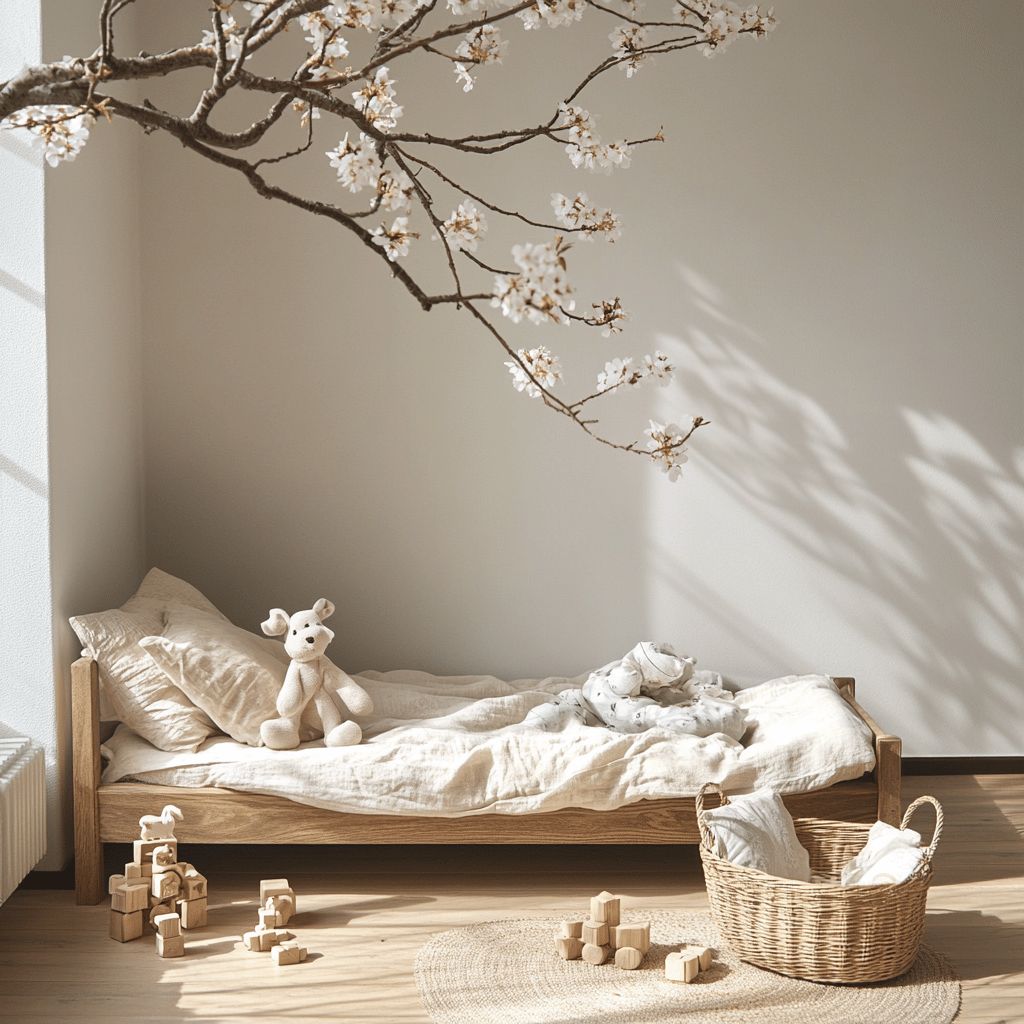
Finding Balance: The Zen of Japandi Spring
At its heart, Japandi design is about balance—between minimalism and comfort, between different cultural aesthetics, between function and beauty. This balance creates spaces that feel both special and livable.
In bringing spring elements to your Japandi home, maintain this sense of equilibrium. For every decorative item you add, consider removing something else. For every light element, balance with something grounding.
I’ve found that this mindful approach to seasonal decorating has benefits beyond aesthetics. The intentional transitions between seasons have become meaningful rituals that help me appreciate time’s passage. The restraint in my décor helps me focus on experiences rather than possessions as spring activities increase.

My Personal Japandi Spring Journey
Implementing these Japandi spring principles in my own home has been transformative. Beyond the visual refresh, it has changed how I experience the season.
Mornings feel different when I wake in a space where sunlight dances through sheer curtains onto bare wood floors. Weekend coffee rituals become more meaningful when enjoyed from a handcrafted ceramic mug while seated on a simple bench cushioned with a linen pillow.
The simplified surroundings have created mental space that allows me to fully appreciate spring’s subtle gifts—the changing light, the first birdsong, the scent of rain on warming earth. My home now feels like a sanctuary that honors the season rather than competing with it.
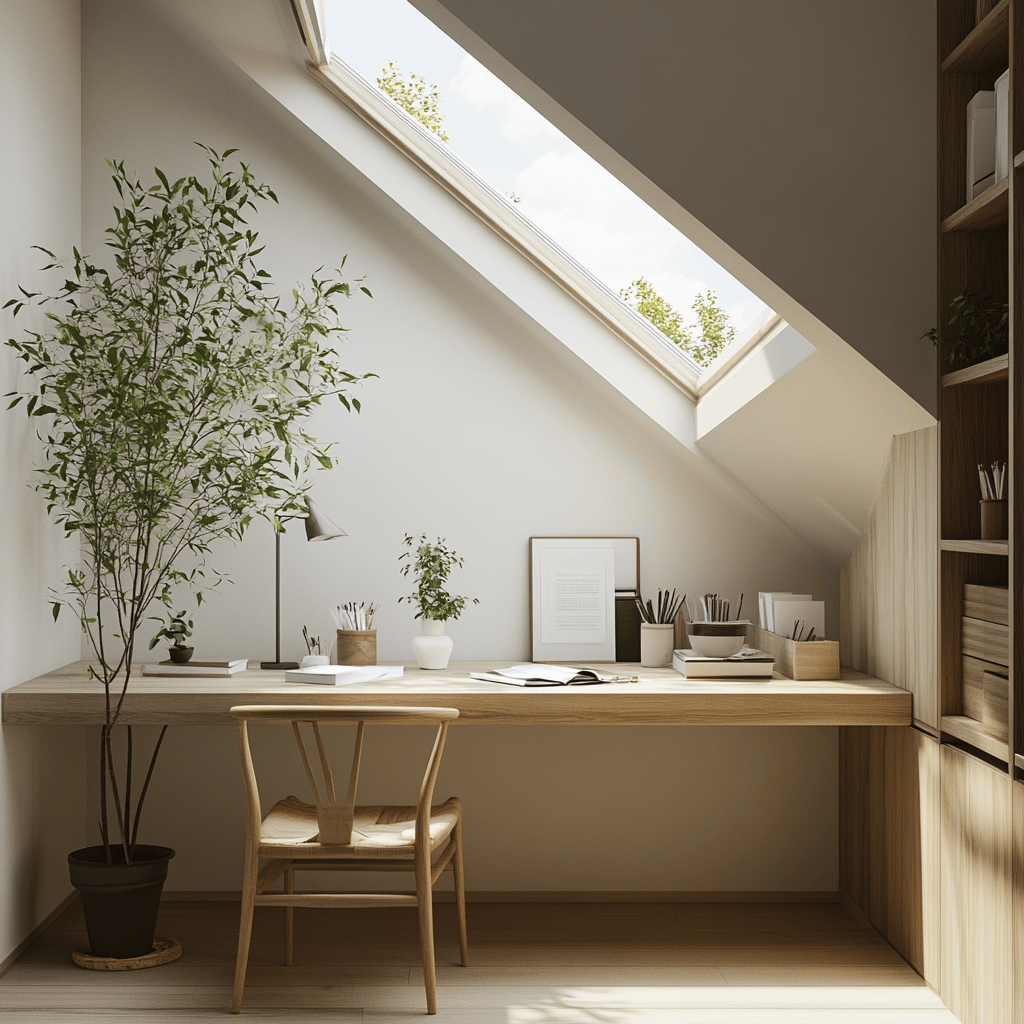
Final Thoughts: The Lasting Appeal of Japandi Spring
As design trends come and go, Japandi continues to resonate because it’s more than aesthetic—it’s a philosophy for living. By embracing its principles this spring, you’re not just decorating; you’re creating a mindful environment that enhances your daily experience.
The beauty of Japandi spring styling lies in its accessibility. You don’t need to redecorate entirely or invest in expensive pieces. Small, thoughtful changes—a vase of blooming branches, lighter textiles, a more intentional arrangement of furniture—can transform your space.
I hope this exploration of Japandi spring design inspires you to bring this peaceful aesthetic into your own home as the season unfolds. Remember that the goal isn’t perfection but intention—creating a space that feels right for you and honors the unique energy of spring. Happy decorating!
If you love home decor and interior design as much as I do, check out these other articles I think you might like.
French Country Spring : Rustic Elegance for the Season

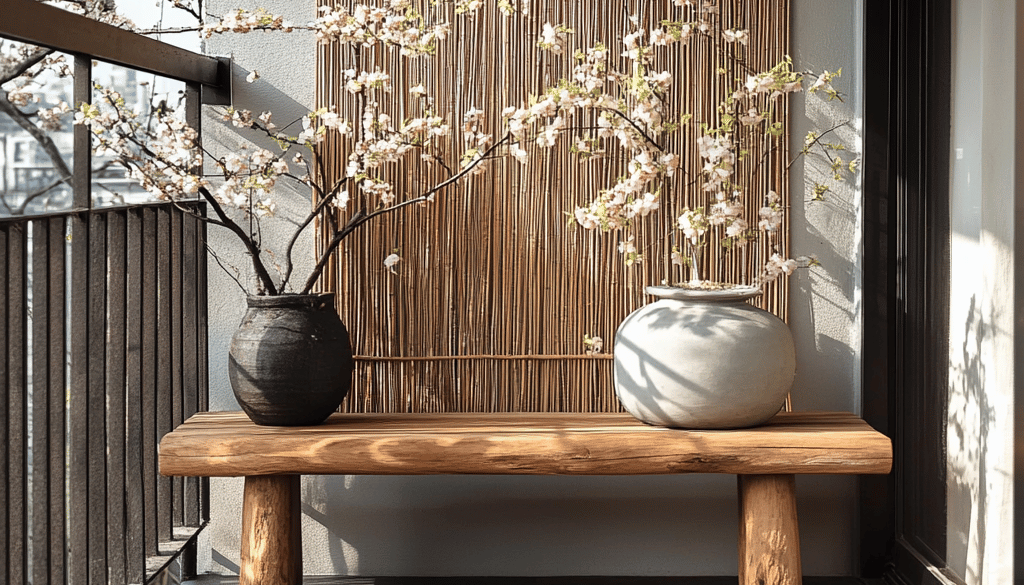

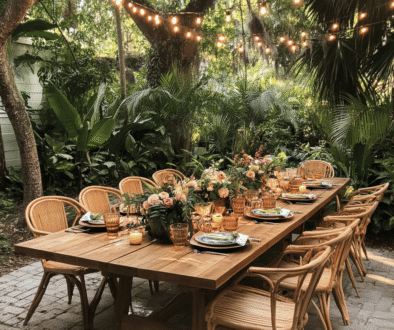

Decorating Your Midcentury Modern Home for Spring
April 15, 2025 @ 1:12 pm
[…] other articles I think you might like. Vintage Spring : Antique Elements and Spring Decor Japandi Spring : Peaceful Minimalism with Spring Touches French Country Spring : Rustic Elegance for the […]